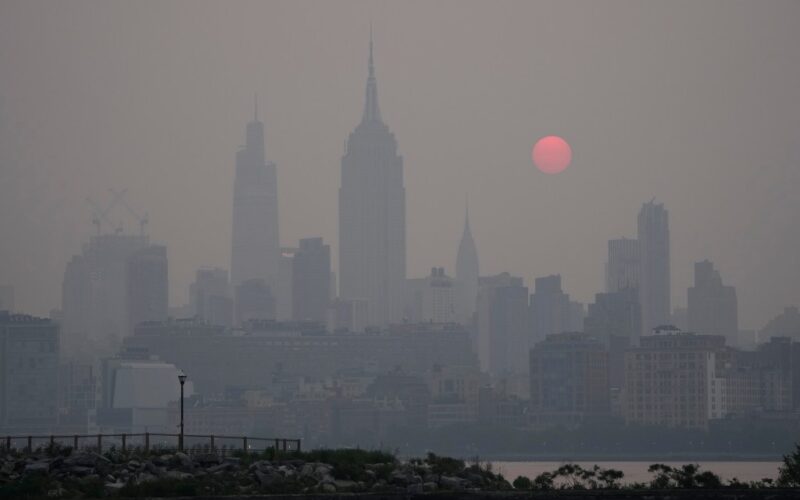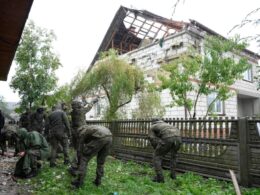New York City has already shown the world what urban climate leadership can look like. From the passage of Local Law 97, the nation’s most ambitious building-emissions standard, to growing investments in clean energy, urban greening, and resilient infrastructure, the city has demonstrated that environmental progress and economic vitality go hand in hand.
We should be proud: we have laid a strong foundation for a greener city while creating good jobs and improving public health — the Green Economy Action Plan is accelerating environmentally sustainable economic transformation, with up to 400,000 green jobs projected by 2040 and a clear pathway to carbon neutrality by 2050.
But we cannot stop here. This is a pivotal moment to increase investments and experiment with solutions to help New York mitigate and adapt to climate change. As we begin a new administration, we have an opportunity to go further on climate and deliver lasting results.
First, the new mayor should accelerate New York’s clean energy transition and make climate innovation a core pillar of the city’s economic strategy. That means streamlining permitting for solar, battery storage and building electrification projects that too often get caught in red tape.
It means partnering with our utilities and state agencies to modernize the grid for distributed renewables and electric vehicles, while expanding workforce programs so that New Yorkers in every borough and background can participate and benefit from the growing green economy. If we act boldly and act now, New York City can become a scalable model for clean energy innovation, where climate policy doubles as an engine for prosperity.
At the same time, the city must continue to address one of its most pressing climate challenges: buildings. Nearly 70% of New York’s greenhouse-gas emissions come from heating, cooling and powering our built environment. Local Law 97 set a bold course, but its success will hinge on practical implementation.
Starting next year the mayor should ensure financing tools, green bank loans and technical assistance are readily available so that building owners, especially small co-ops and affordable housing operators, can upgrade their systems without displacing tenants or driving up costs. Public and institutional buildings must lead by example: schools, hospitals and municipal offices need deep retrofits now.
In addition to reducing emissions, we need to protect people from the impacts already unfolding around us. Every storm that floods a basement apartment, including the one last week, and every heat wave that sends seniors to the emergency room, is a stark reminder that climate resilience saves lives.
The incoming mayor must strengthen New York’s readiness for extreme weather by speeding up coastal protection projects, upgrading sewers and drainage systems to handle heavier rainfall, and expanding green infrastructure to cool streets and absorb stormwater. Investing in local resilience hubs, such as community centers equipped with cooling, backup power and emergency resources, will ensure every neighborhood has a resilience plan as concrete as its zoning map.
Crucially, this work must be rooted in equity. Low-income and historically-marginalized neighborhoods face the greatest exposure to heat, pollution and flooding, yet often have the fewest resources to prepare or recover. In fact, nearly half of the city’s population lives in areas that have been neglected for decades, resulting in higher pollution burdens and worse health outcomes.
Taking office on Jan. 1, the new mayor must advance environmental justice by prioritizing vulnerable neighborhoods for cooling infrastructure, tree canopy, and park access; linking city climate contracts to local hiring and job training; and embedding community participation in planning and budgeting from day one. Ultimately, the city’s climate progress will be measured not only in tons of carbon reduced, but in the well-being of the communities it serves.
Of course, none of this will happen without resources. The city should expand and better leverage financing to fund building retrofits, clean energy projects and coastal protection. The next phase of climate leadership must focus as much on financing as on sustainability, turning good ideas into bankable, scalable, and measurable solutions.
New York has long thrived by doing what others deemed impossible. That same spirit must define our climate readiness and our future. We’ve already proven that climate action can fuel economic growth. Now we need our next mayor to seize our momentum and deliver a future-ready city for all New Yorkers.
Abramson is the dean of the Columbia Climate School, the nation’s first climate school.








